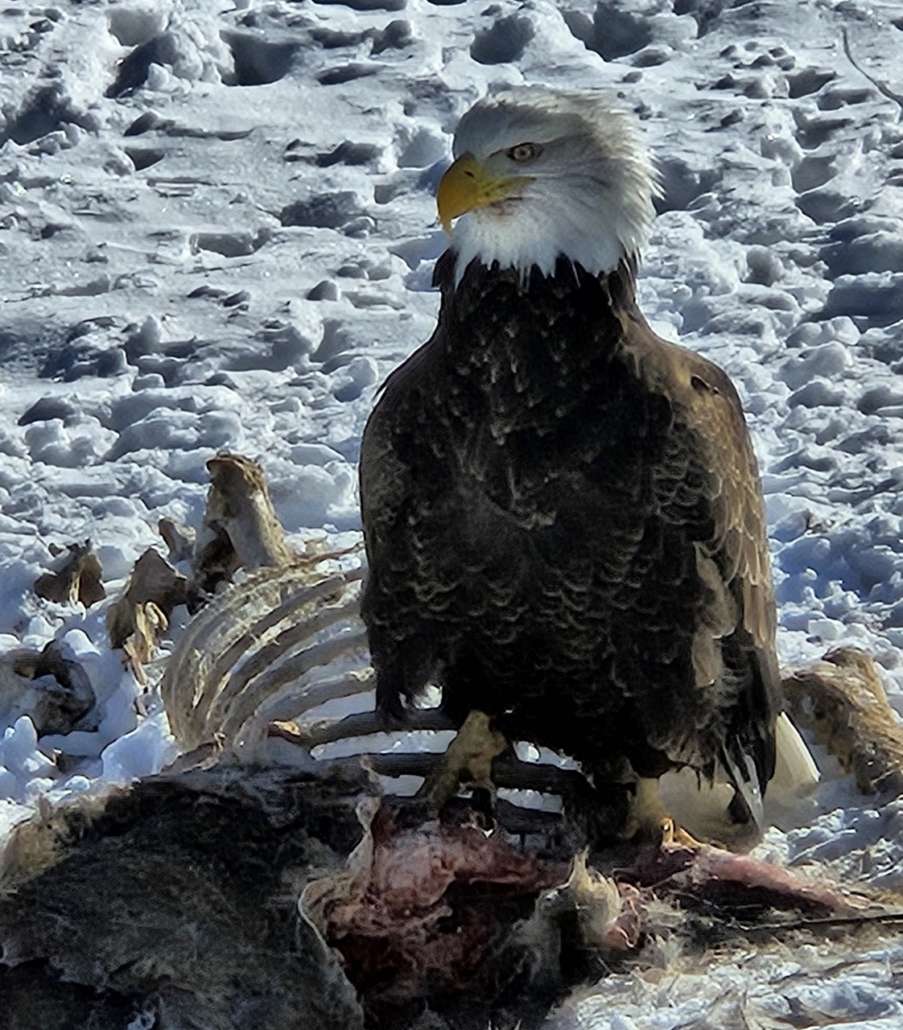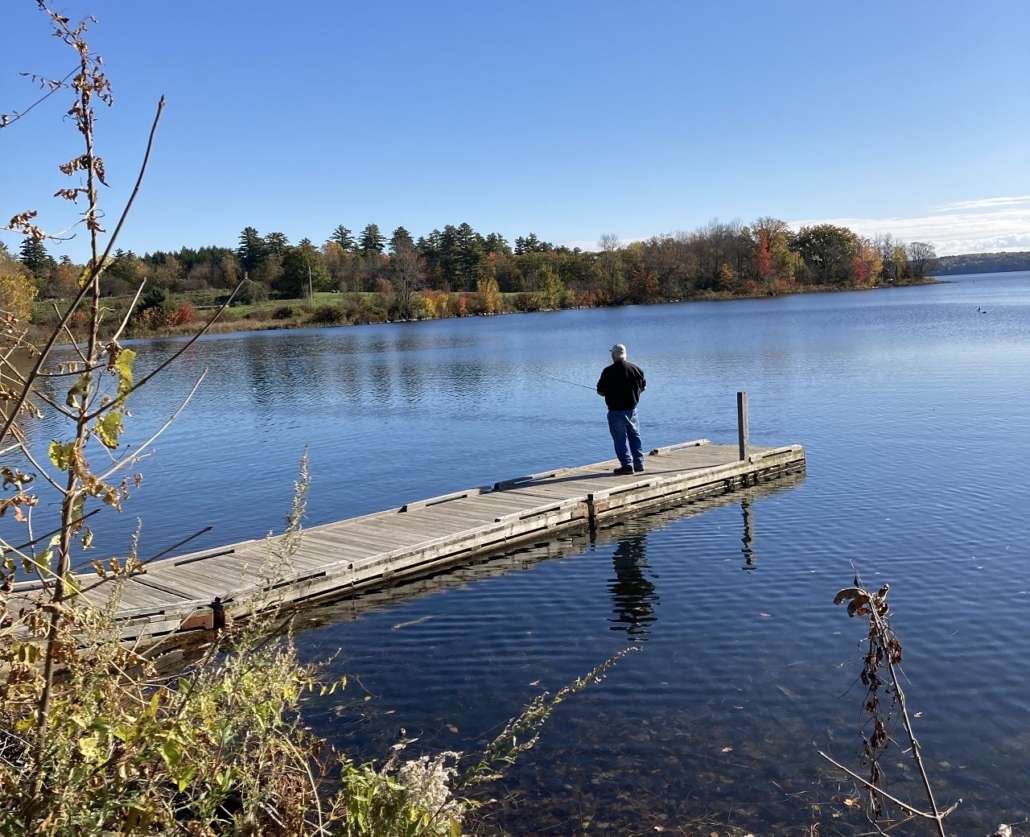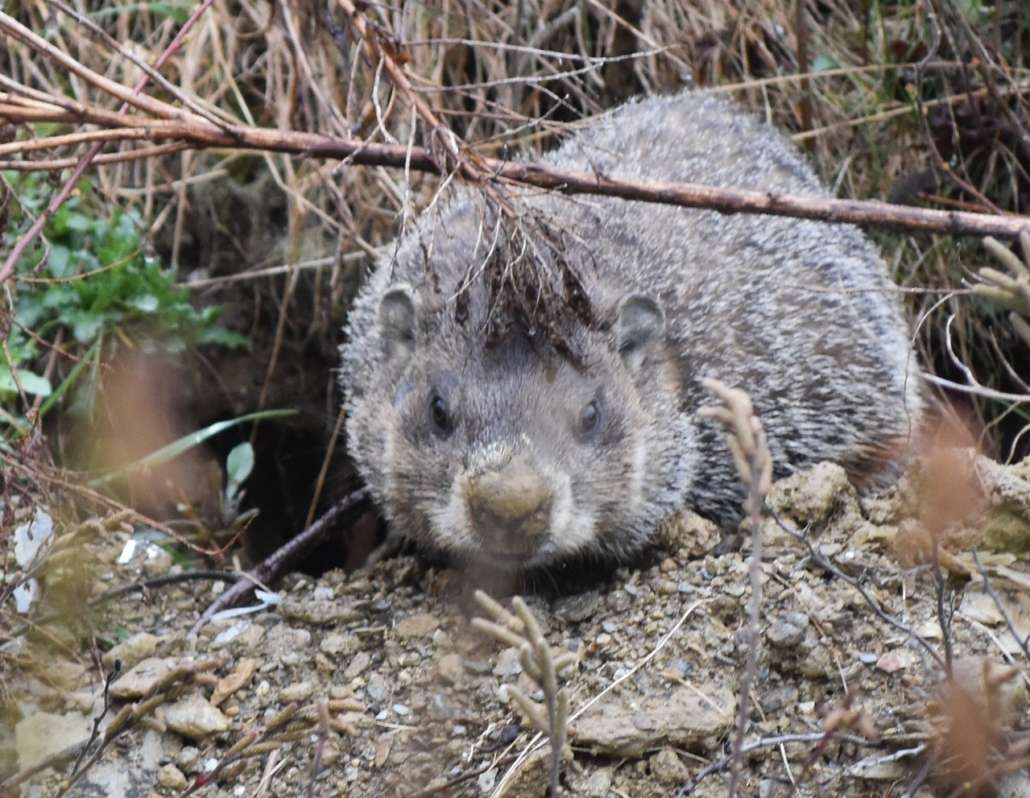SCORES & OUTDOORS: Ermine population stable; one of world’s top 100 most invasive species
 by Roland D. Hallee
by Roland D. Hallee
Last week, I received a phone call from a reader in Palermo who told me that for only the third time in the last 17 years, he spotted an American ermine crossing his back yard.
The American ermine or American stoat, Mustela richardsonii, is a species of mustelid native to most of North America.
It was long considered conspecific with the stoat, but a 2021 study found it to be a distinct species. The finding has been accepted by the American Society of Mammalogists.
Both ermines and mink belong to the same subfamily, which contains weasels, badgers, ferrets, polecats and wolverines. These two creatures share many features, but differ in several ways.
Ermines resemble the long-tailed weasel in general both appearance and coloration, but is smaller, has a shorter tail, and has white fur on the inner side of the hind legs.
The species is found throughout most of North America aside from most of Alaska (although it is found on some islands in southeastern Alaska), eastern Yukon, most of Arctic Canada, and Greenland. It reaches the northern extent of its range in Baffin Island and a portion of eastern mainland Nunavut and ranges from here to cover almost all of western North America south to northern New Mexico, and eastern North America south to northern Virginia. It is absent from most of the Southeastern United States and the Great Plains.
The International Union for Conservation of Nature lists the ermine population as stable and of least concern.
In North America, where the ecological niche for rat- and rabbit-sized prey is taken by the larger long-tailed weasel, the American ermine preys on mice, voles, shrews, young cottontails, chipmunks, deer mice, jumping mice, and house mice. Usually the ermine kills by biting at the base of the skull. Small birds, frogs, small fish, and earthworms are other types of prey for ermines.
Ermines live and find cover from predators in hollow spaces from logs, burrows and man made structures. Ermines sometimes den within their prey’s nest and use their skin and fur as a lining for their den.
Ermines are mostly nocturnal, but may forage by day.
The ermine is listed as one of the top 100 most invasive species in the world. It was introduced to several areas to reduce rabbit populations and rapidly became a threat to ecosystems because of its vicious nature and ability to sustain itself on a variety of prey.
At one time, the ermine was sought for its attractive fur. During the winter months, the ermine’s fur turns white, making it a valuable and prized material for fur clothing. In medieval Europe, ermine fur was highly sought after for its rarity and beauty, and it was often reserved for use by royalty and other members of the nobility.
They breed in dense parts of the forest. The season for breeding is late springtime to the summer from July to August. The males mature in a year while the females only take three to four weeks to mature. The females carry a litter of four to seven babies for 255 days then gives birth.
Some of the larger wild predators of ermines are minks, martens, fishers, bobcats, coyotes, and large owls and hawks. Occasionally, a domesticated cat or dog may kill an ermine. Their small agile bodies help them evade these predators, while also allow them to compete with their predators for food in more barren months.
In spite of its bad smell and small size, however, the ermine is very self-confident, even rude – it often sits up and stares directly into the eyes of humans. Ermines do not dig its own den when they give birth, instead, they will take over old lemming burrows, food caches or graves.
According to my research, it appears that it is legal to have an ermine as a pet in Maine. However, I would advise to check with the state before owning one.
Roland’s trivia question of the week:
Which NFL team allegedly changed its geographical name in an attempt to attract a larger fan base?






 You can keep your teeth for your lifetime. Here are some things you can do to maintain a healthy mouth and strong teeth.
You can keep your teeth for your lifetime. Here are some things you can do to maintain a healthy mouth and strong teeth.


 From learning in the classroom to playing in the schoolyard and at home, vision is vital to how kids grow and develop – so vital in fact, that up to 80 percent of early learning is visual. Whether you’re two or 102, vision plays a key part in quality of life.
From learning in the classroom to playing in the schoolyard and at home, vision is vital to how kids grow and develop – so vital in fact, that up to 80 percent of early learning is visual. Whether you’re two or 102, vision plays a key part in quality of life.



